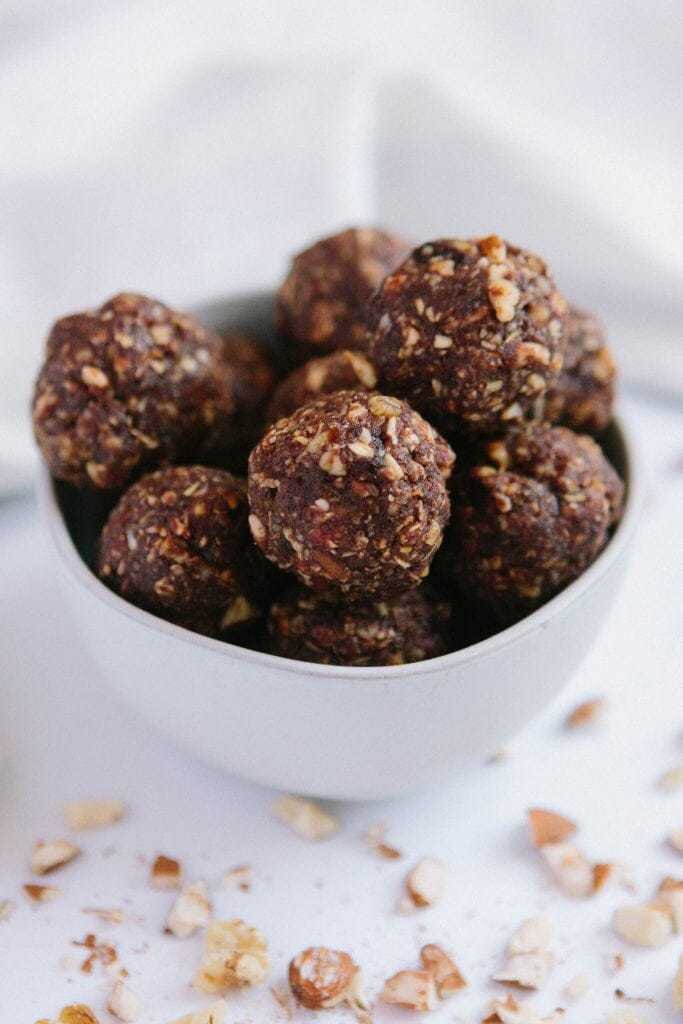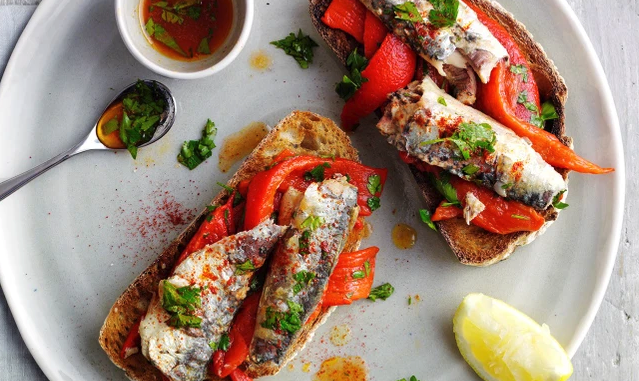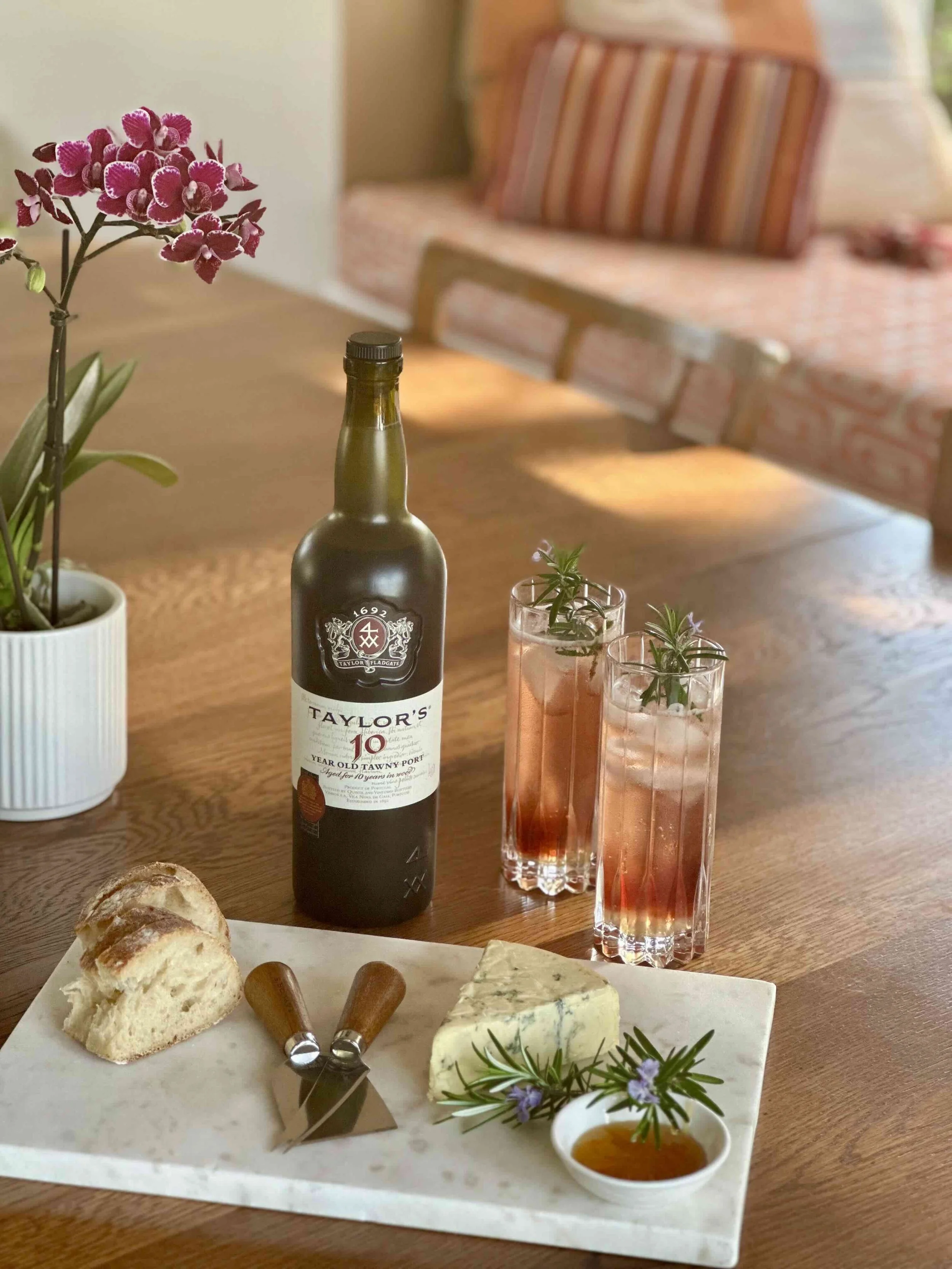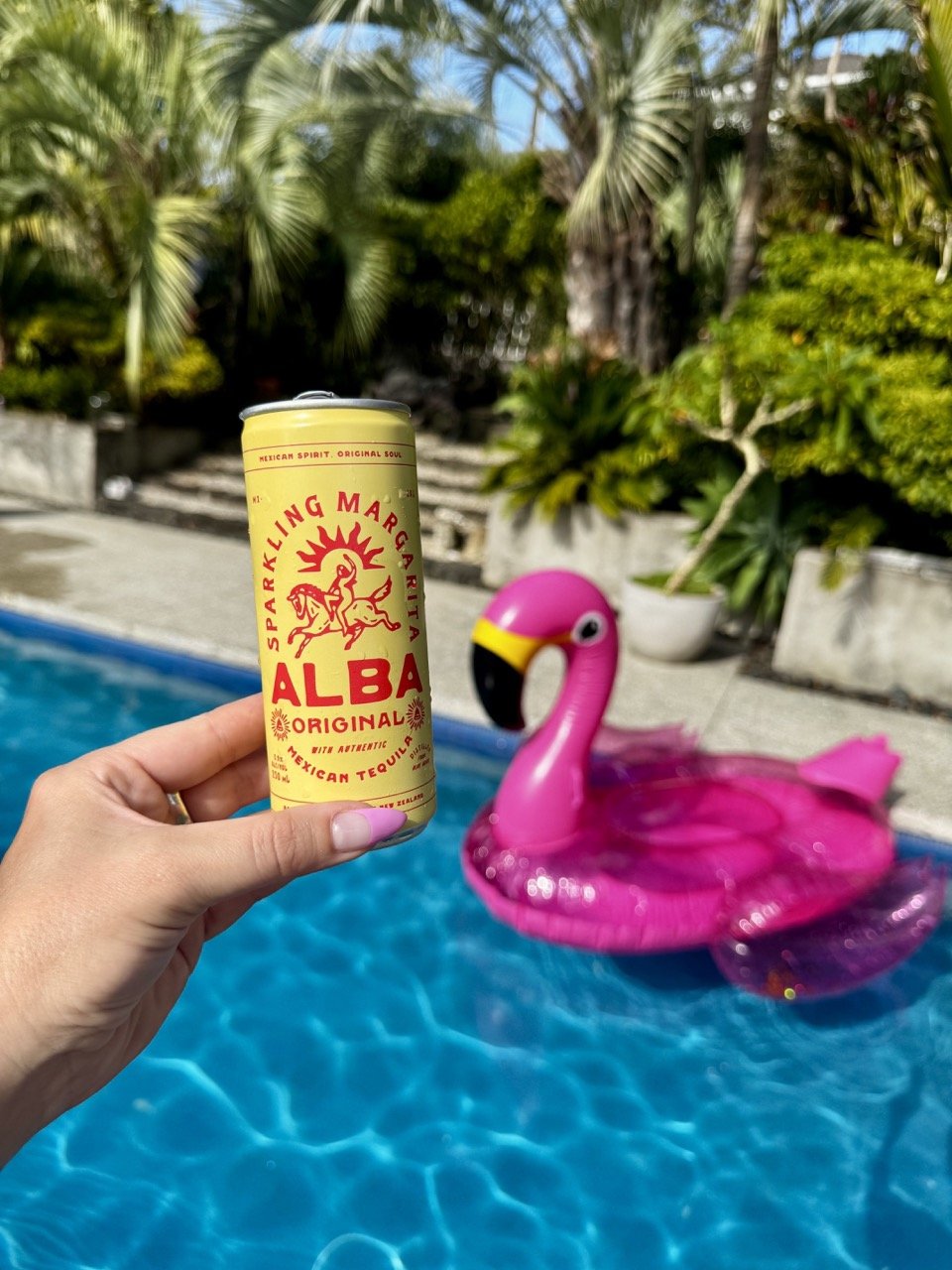Right now, the supermarket is our only outing, and while we all deserve a treat, there are plenty of ordinary superfoods to pack into your trolley, says editor Trudi Brewer. So here’s some top nutritional advice on affordable antioxidant-rich foods to eat each day.
Image BeautyEQ
Superfoods are not as expensive as you think. These health experts reveal the foods with star quality when it comes to eating to improving your health, in your local supermarket that won’t break the bank.
London-based Nutritional therapist Ellie Clarke is a yoga teacher, naturopathic and published writer who spends her time helping people navigate their way through the ever-evolving health and wellness space. Below are her favourite superfoods.
Cavolo Nero
Cavolo nero is a green leafy vegetable from the smelly brassica family, the sister of curly kale, and both have brilliant health benefits. As well as being rich in calcium, iron and fibre, vitamins A, C and B, it also contains vitamin K and antioxidants that not only protect against ageing (we like that). Added to stews or steamed, with a drizzle of tamari, olive oil, chilli and garlic - they're a delicious and nutritious green side dish.
Pumpkin Seeds
An excellent cupboard staple, they are also one of the best food sources of magnesium, which, if you are struggling to sleep, snack on a handful before bed. They also help boost immunity, heart health, and blood sugar control. Add them raw or roasted to salads or soups, or blend into a pumpkin seed butter or pumpkin seed pesto - yum.
Beetroot
Beetroot offers a mighty load of vitamins and minerals, such as iron, folate, magnesium, B vitamins, vitamin C, phosphorus, nitrates and more. It is also a great mood-booster, helping to preserve those neurotransmitters dopamine and serotonin.
Parsley
Not just for decoration, parsley deserves to be in our daily diet. It's high in vitamins A, C and K, as well as iron and folic acid. Used in herbal medicine for hundreds of years for its abundant nutritional status. Research on the diuretic and antioxidant properties of parsley has shown that it has a role in preventing oxidative damage in the body and protecting against kidney stones. It can be added to every dish from salads, tomato sauces and fresh juices or make a dish of parsley pesto new from the garden.
Parsley Pesto Recipe
Ingredients
2 cups of parsley
1/3 cup toasted walnuts or pine nuts
1/2 cup grated parmesan cheese vegan
3 cloves garlic
1/2 teaspoon coarse salt
1/3 cup olive oil
1/2 teaspoon pepper adjust to taste.
Method
There are two ways to make pesto. Hand grind it using a mortar and pestle, or you can add all the ingredients in a blender and whizz until smooth. You can use Parmigiano Reggiano cheese or hard pecorino cheese to make this pesto, don't skip the garlic unless you have to it adds a ton of flavour.
London-based nutritionist Rob Hobson, and co-writer and author of the Detox Kitchen Bible with specially designed health menus, Hobson philosophy is great health through great food. Here are his favourite superfoods.
Red Peppers
While they are not cheap right now, red peppers are one of the richest sources of vitamin C; one equates to 300 per cent of the recommended daily intake. Impressive right? Vitamin C is one of the body's essential antioxidants that helps to protect cells from oxidative damage and boosting immunity. If you can, add capsicum to all your salads and Mexican dishes.
Black Beans
The best way to increase your fibre intake, half a can of black beans provides nearly half of your recommended daily intake. Eating more fibre will reduce your risk of heart disease and high cholesterol, as well as type two diabetes. One can be drained and then blended with olive oil, garlic, and chilli makes a great dip or added to Mexican bean or meat chill - they are divine.
Olive Oil
What would we do without it, right? Olive oil is our go-to superfood, and whatever new oils come on the market, olive oil will always reign supreme because it has the research to back it up. Rich in monounsaturated fats, which can help lower cholesterol levels, it's also a natural anti-inflammatory. According to Hobson, some studies have even shown it's as powerful an anti-inflammatory as ibuprofen - who knew?
Oats
Most experts say a bowl of oats is the beta-glucans that start the day. They're incredibly nutritious and contain a specific type of fibre called beta-glucans, which help lower cholesterol. Aim for a 50g serving at breakfast, which will provide an impressive dose of iron, magnesium and zinc.
Black bean dip recipe
Ingredients
1 clove garlic, peeled
1 can of black beans, drained and rinsed
¼ cup extra virgin olive oil, plus more for drizzling if desired
2 tablespoons lime juice
1 tablespoon tahini
1 teaspoon ground coriander seed
large pinch of salt
3 tablespoons chopped cilantro or parsley.
Method
Finely chop the garlic clove.
Next, add beans, oil, lime juice, tahini, ground coriander and salt to a food processor, pulse until smooth. Scrape sides, add cilantro or parsley and process to combine. Then serve drizzled with olive oil.
Image @_paolalangella_
London-based, founder of Shape Studio pilates instructor, health coach and registered nutritionist Paola Langella, believes, with any eating plan or exercise regime consistency is key. Her Shape Pilates Fitness Studio app allows you to work out anywhere anytime. Here are her favourite superfoods.
Cacao
Cacao (not to be confused with cocoa or chocolate) is one of the highest antioxidant foods on the planet. It rivals green tea and red wine and provides the body with potent antioxidants, magnesium, iron, manganese and fibre. It’ll improve heart health, supports strong bones and elevates your mood.
Hemp seeds
Seriously underrated as a health food, hemp seeds are packed with protein and are rich in iron, zinc, phosphorus, magnesium, and omega-3s. In addition, they have a delicious nutty flavour and should be added to salads, smoothies, toasts, soups and grilled with cheese toasties.
Honey
Organic, wild, raw is rich in minerals, antioxidants and enzymes. It's also prebiotic, which may support gut health. Try baking with honey instead of sugar, or add a teaspoon to herbal tea for a sweet treat.
Goji Berries
Goji berries were once tricky to find, but now they're abundant. Just 1oz offers three grams of protein as well as impressive doses of selenium, iron, riboflavin, and vitamin C. Sprinkle them into salads, add to muffins and cookies or stir into porridge and yoghurt or eat raw as a snack.
Cacao Bliss Balls Recipe
Ingredients
½ cup raw almonds
½ cup raw walnuts
1 cup oats
2 tbsp raw cacao powder
¼ to ½ tsp. salt
¾ cup dates, chopped
1 to 2 tbsp water.
Method
Put the almonds, walnuts, oats, cacao, and salt in a food processor. Pulse until the nuts break down and combine with the other ingredients. The meal should be fine, but retain some texture — you don’t want to make nut butter!
Add the dates and a tablespoon of water and run the food processor until the mixture becomes thick and sticky. You should be able to squeeze a bit of the mixture between your fingers. If it's too loose and crumbly, add another tablespoon of water and process until everything comes together.
Line a baking sheet with a piece of parchment paper. Scoop pieces of the mixture and roll them into balls between your palms, slightly smaller than the size of a golf ball. Line them up on the baking sheet and place them in the refrigerator to chill for at least an hour, overnight if possible. Store the raw cacao energy balls in an airtight container in the refrigerator or freezer.
Image @sophiemedlin
Consultant dietitian Sophie Medlin and chair for the British Dietetic Association for London is a go-to spokesperson for media when it comes to evidence-based nutrition advice. She consults with City Dieticians and works on the development of vitamin and probiotic supplements. Here are her favourite superfoods.
Red Cabbage
Red cabbage is impressive and underrated food, and it's in season right now. It contains anthocyanins, which help improve our brain function and is also high in fibre, excellent for the gut. Thinly shredded red cabbage makes a great coleslaw with a sesame seed dressing. Or quickly fried with olive oil and garlic.
Greek Yoghurt
Greek yoghurt is an unsung hero. Not only is it a low-calorie protein source, but it's also rich in calcium, B vitamins, vitamin D and iodine. Plus, it can be sweetened with honey and berries, or savoury with tahini and nuts. So it should be a fridge staple.
Brazil Nuts
Nuts got a bad rap during those boring calorie counting years due to their high-fat content. But we now know that good fat is also an essential source of nutrients in our diets. Plus, you don't absorb all the fat from them anyway as nuts are more challenging for our bodies to break down – in a good way. So for that reason, plus they're rich in fibre and high in selenium content, each one a potent antioxidant.
Eggs
If there is an egg in the house, there is a meal in the house. A protein powerhouse, eggs are packed with essential micronutrients as well as iron and B vitamins. In fact, from a nutrition perspective, eggs significantly improve any meal.
Tinned Sardines
Tinned sardines are a great lunch food, especially when they're in tomato sauce and served on toast or in a salad. Sardines are rich in calcium and omega-three fatty acids, which do many amazing things in our bodies, from reducing inflammation to improving brain function. They're also affordable, so a good option for those on a budget.
Lemon, pepper sardines recipe
Method
Put the pepper, lemon juice, 1 tbsp olive oil, garlic and parsley in a bowl and add the paprika and seasoning. Stir everything together and leave while you toast the bread.
Put the toast on a plate then pile the drained pepper on top (discard the garlic). Top with the sardines, and then spoon over any juice from the pepper bowl. Add an extra pinch of paprika if you like.
Ingredients
1 large roasted red pepper from a jar, torn into pieces.
I lemon, juiced plus wedges for squeezing
Splash of olive oil
1 garlic clove, halved
1 handful of chopped flat-leaf parsley leaves
a pinch of sweet smoked paprika 2 slices of sourdough toasted
1 small tin of drained sardines.



















Style-inspiring and captivating.